Baekje Culture Exhibit
입력 2016.11.30 (14:09)
수정 2016.11.30 (14:24)
읽어주기 기능은 크롬기반의
브라우저에서만 사용하실 수 있습니다.
[Anchor Lead]
An exhibition is under way where visitors can witness all there is to see about the splendid Baekje dynasty culture, which was also known for its active global exchanges during the 5th to 7th centuries. We take you there now.
[Pkg]
The letters written in red on this lacquered surface indicate the era name of China's Tang Dynasty referring to the year "Jeong-gwan 19," or AD 645. The relic is a piece of armor discovered at Gongsan Fortress in Gongju, Chungcheongnam-do Province in 2011. It offers a glimpse into the military situation of the Baekje kingdom when it was on the brink of collapse under an allied attack from the Tang Dynasty and Korea's Silla kingdom in 660. This aqueduct made by connecting roof tiles demonstrates the advanced level of city planning at the time, including water purification. The exhibition gathers relics from the Baekje Historic Areas which comprise eight archaeological sites of Baekje established after the kingdom moved its capital from Hanseong to Ungjin around the 5th century due to the southward advance of Goguryeo. The Sarira Reliquary showcases the unique beauty of Baekje Buddhism. This golden coffin ornament is as majestic as the golden crowns worn by Baekje kings.
[Soundbite] Kim Jin-gyeong(Curator, National Museum of Korea) : "The exhibit marks the first anniversary of the Baekje Historic Areas being included on the UNESCO World Heritage list.It's the first-ever gathering of Baekje relics in Seoul,compared to the past when relics belonging to certain periods of the kingdom could be viewed only in the provinces."
Some 17-hundred Baekje period relics are displayed at the exhibition. It's a fine opportunity to appreciate the open-minded and creative culture of the Baekje people who boasted a solid governance system and were involved in active commerce with China and Japan.
An exhibition is under way where visitors can witness all there is to see about the splendid Baekje dynasty culture, which was also known for its active global exchanges during the 5th to 7th centuries. We take you there now.
[Pkg]
The letters written in red on this lacquered surface indicate the era name of China's Tang Dynasty referring to the year "Jeong-gwan 19," or AD 645. The relic is a piece of armor discovered at Gongsan Fortress in Gongju, Chungcheongnam-do Province in 2011. It offers a glimpse into the military situation of the Baekje kingdom when it was on the brink of collapse under an allied attack from the Tang Dynasty and Korea's Silla kingdom in 660. This aqueduct made by connecting roof tiles demonstrates the advanced level of city planning at the time, including water purification. The exhibition gathers relics from the Baekje Historic Areas which comprise eight archaeological sites of Baekje established after the kingdom moved its capital from Hanseong to Ungjin around the 5th century due to the southward advance of Goguryeo. The Sarira Reliquary showcases the unique beauty of Baekje Buddhism. This golden coffin ornament is as majestic as the golden crowns worn by Baekje kings.
[Soundbite] Kim Jin-gyeong(Curator, National Museum of Korea) : "The exhibit marks the first anniversary of the Baekje Historic Areas being included on the UNESCO World Heritage list.It's the first-ever gathering of Baekje relics in Seoul,compared to the past when relics belonging to certain periods of the kingdom could be viewed only in the provinces."
Some 17-hundred Baekje period relics are displayed at the exhibition. It's a fine opportunity to appreciate the open-minded and creative culture of the Baekje people who boasted a solid governance system and were involved in active commerce with China and Japan.
■ 제보하기
▷ 카카오톡 : 'KBS제보' 검색, 채널 추가
▷ 전화 : 02-781-1234, 4444
▷ 이메일 : kbs1234@kbs.co.kr
▷ 유튜브, 네이버, 카카오에서도 KBS뉴스를 구독해주세요!
- Baekje Culture Exhibit
-
- 입력 2016-11-30 14:13:57
- 수정2016-11-30 14:24:53
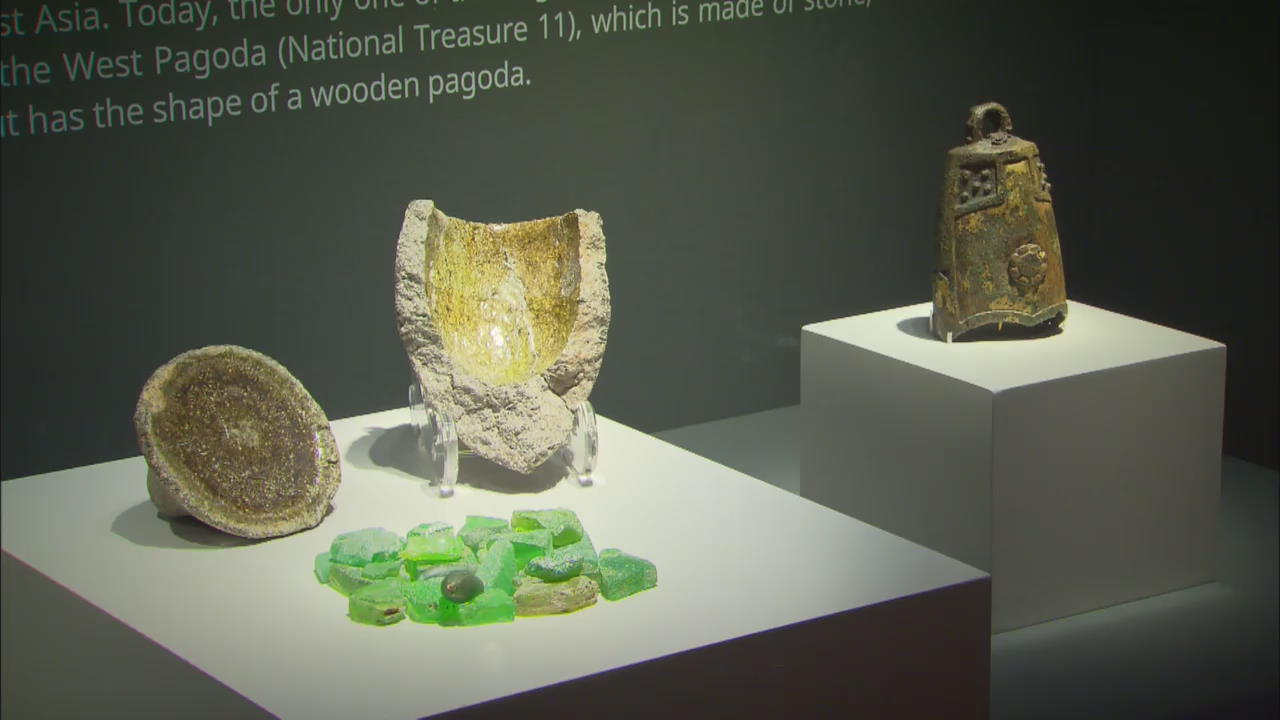
[Anchor Lead]
An exhibition is under way where visitors can witness all there is to see about the splendid Baekje dynasty culture, which was also known for its active global exchanges during the 5th to 7th centuries. We take you there now.
[Pkg]
The letters written in red on this lacquered surface indicate the era name of China's Tang Dynasty referring to the year "Jeong-gwan 19," or AD 645. The relic is a piece of armor discovered at Gongsan Fortress in Gongju, Chungcheongnam-do Province in 2011. It offers a glimpse into the military situation of the Baekje kingdom when it was on the brink of collapse under an allied attack from the Tang Dynasty and Korea's Silla kingdom in 660. This aqueduct made by connecting roof tiles demonstrates the advanced level of city planning at the time, including water purification. The exhibition gathers relics from the Baekje Historic Areas which comprise eight archaeological sites of Baekje established after the kingdom moved its capital from Hanseong to Ungjin around the 5th century due to the southward advance of Goguryeo. The Sarira Reliquary showcases the unique beauty of Baekje Buddhism. This golden coffin ornament is as majestic as the golden crowns worn by Baekje kings.
[Soundbite] Kim Jin-gyeong(Curator, National Museum of Korea) : "The exhibit marks the first anniversary of the Baekje Historic Areas being included on the UNESCO World Heritage list.It's the first-ever gathering of Baekje relics in Seoul,compared to the past when relics belonging to certain periods of the kingdom could be viewed only in the provinces."
Some 17-hundred Baekje period relics are displayed at the exhibition. It's a fine opportunity to appreciate the open-minded and creative culture of the Baekje people who boasted a solid governance system and were involved in active commerce with China and Japan.
An exhibition is under way where visitors can witness all there is to see about the splendid Baekje dynasty culture, which was also known for its active global exchanges during the 5th to 7th centuries. We take you there now.
[Pkg]
The letters written in red on this lacquered surface indicate the era name of China's Tang Dynasty referring to the year "Jeong-gwan 19," or AD 645. The relic is a piece of armor discovered at Gongsan Fortress in Gongju, Chungcheongnam-do Province in 2011. It offers a glimpse into the military situation of the Baekje kingdom when it was on the brink of collapse under an allied attack from the Tang Dynasty and Korea's Silla kingdom in 660. This aqueduct made by connecting roof tiles demonstrates the advanced level of city planning at the time, including water purification. The exhibition gathers relics from the Baekje Historic Areas which comprise eight archaeological sites of Baekje established after the kingdom moved its capital from Hanseong to Ungjin around the 5th century due to the southward advance of Goguryeo. The Sarira Reliquary showcases the unique beauty of Baekje Buddhism. This golden coffin ornament is as majestic as the golden crowns worn by Baekje kings.
[Soundbite] Kim Jin-gyeong(Curator, National Museum of Korea) : "The exhibit marks the first anniversary of the Baekje Historic Areas being included on the UNESCO World Heritage list.It's the first-ever gathering of Baekje relics in Seoul,compared to the past when relics belonging to certain periods of the kingdom could be viewed only in the provinces."
Some 17-hundred Baekje period relics are displayed at the exhibition. It's a fine opportunity to appreciate the open-minded and creative culture of the Baekje people who boasted a solid governance system and were involved in active commerce with China and Japan.
이 기사가 좋으셨다면
-
좋아요
0
-
응원해요
0
-
후속 원해요
0











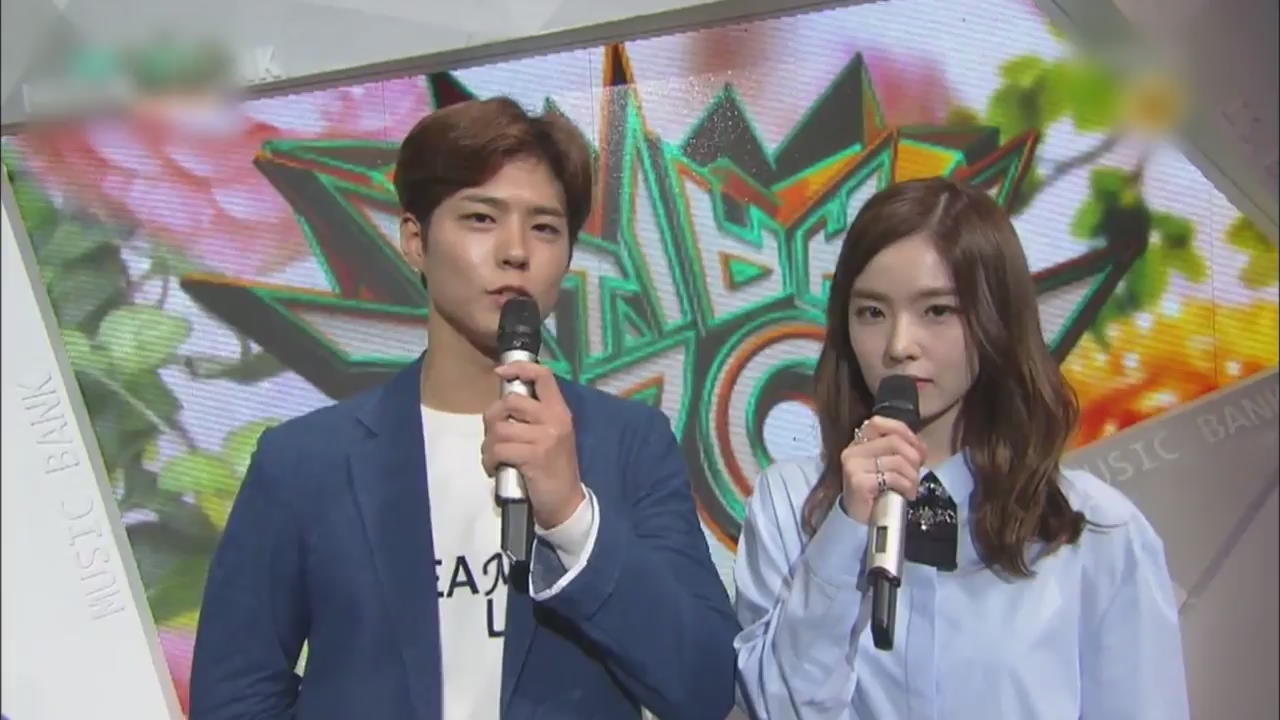
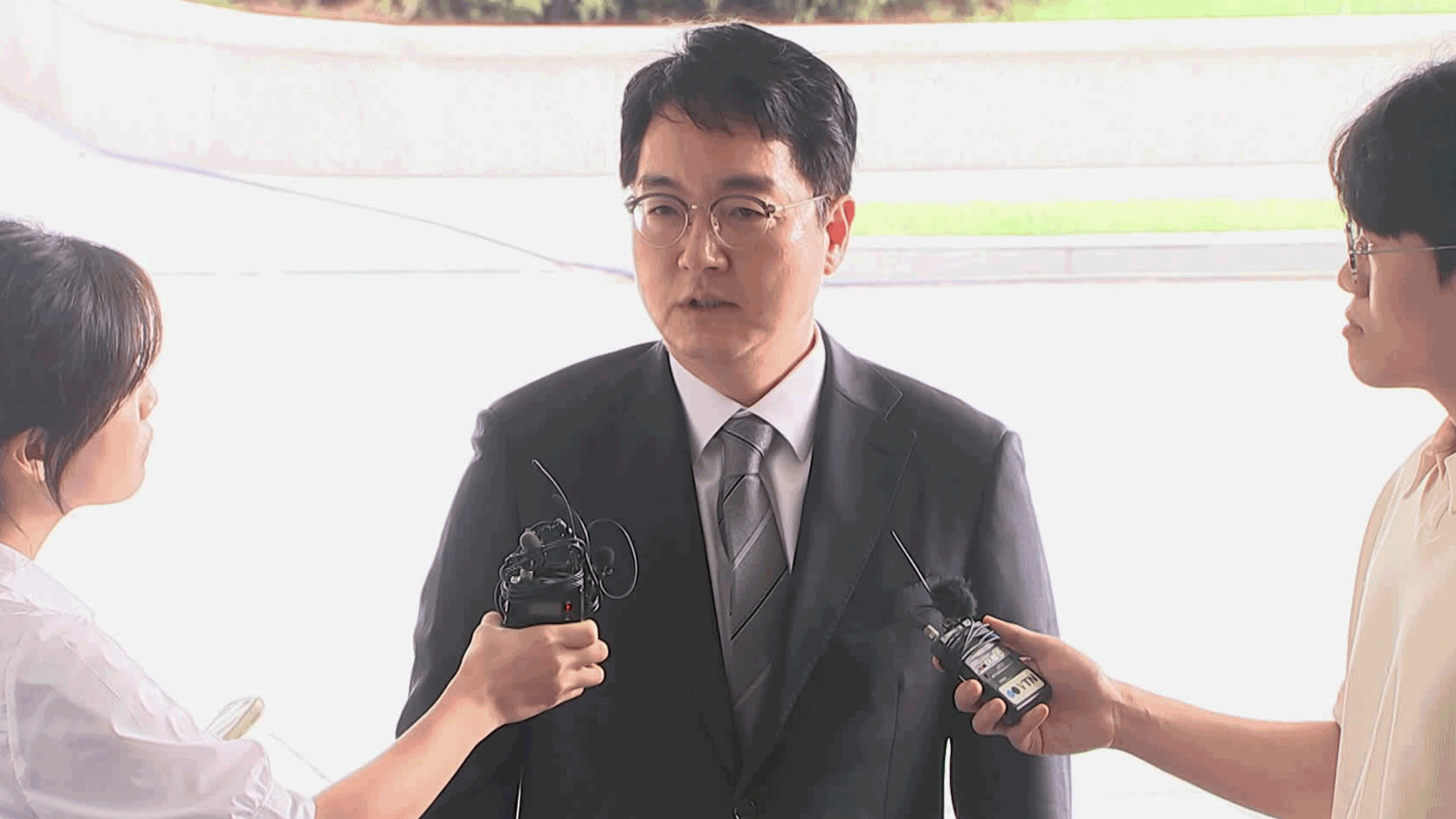
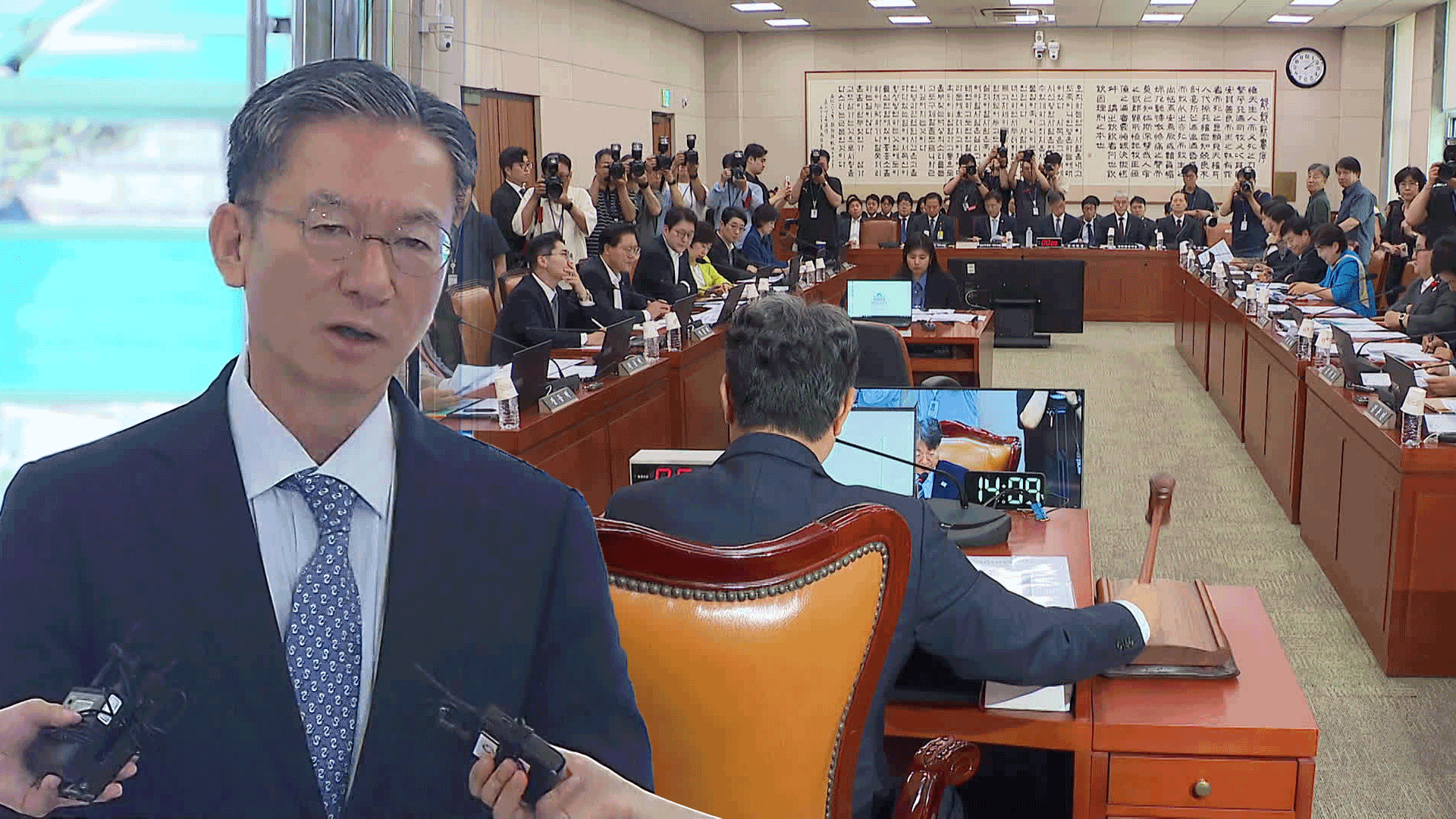
![[단독] 골프연습장 아니라더니<br>…‘한남동 골프연습장’ 도면 입수](/data/news/2025/07/01/20250701_Uh8Jnu.png)
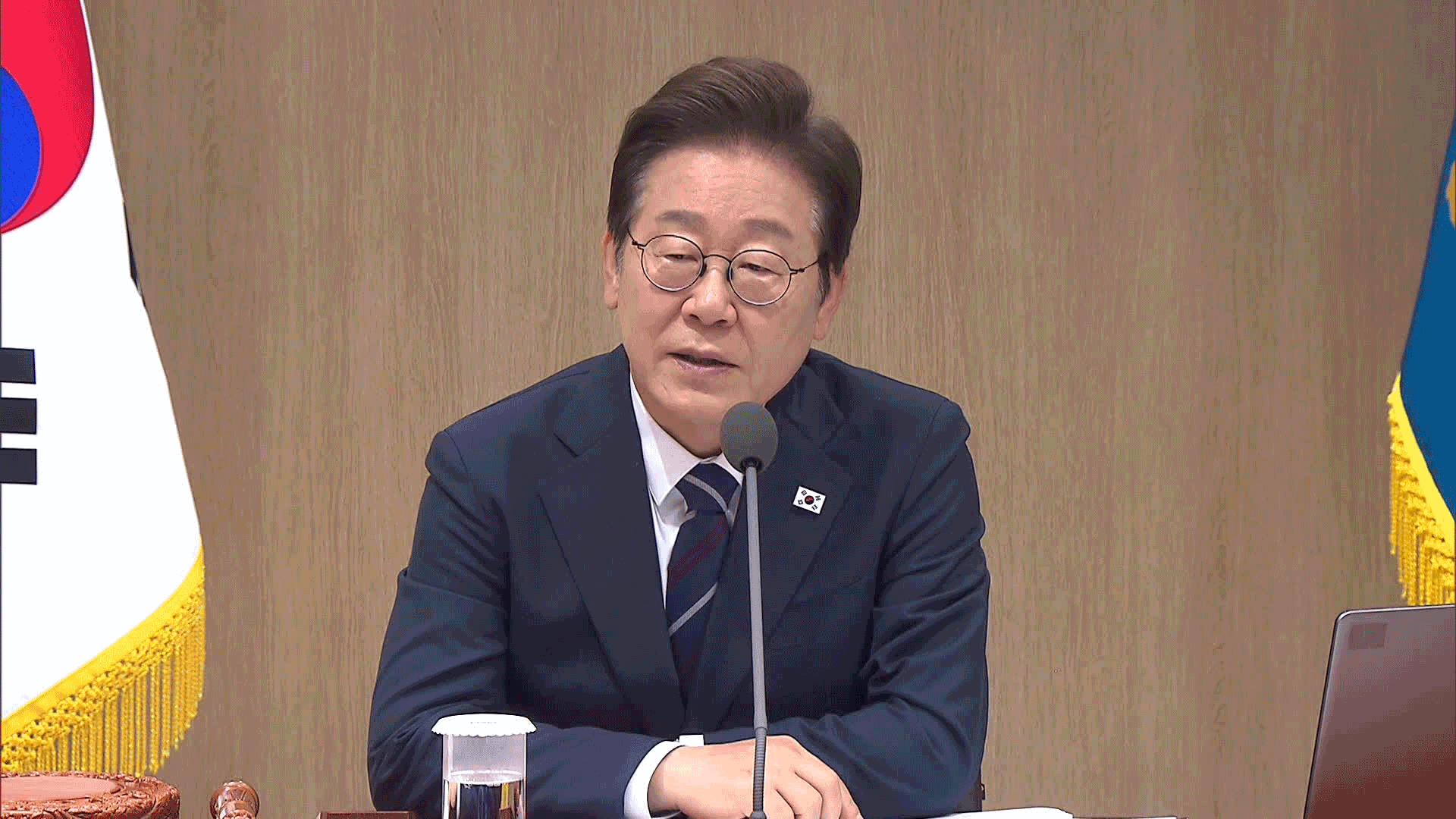

이 기사에 대한 의견을 남겨주세요.